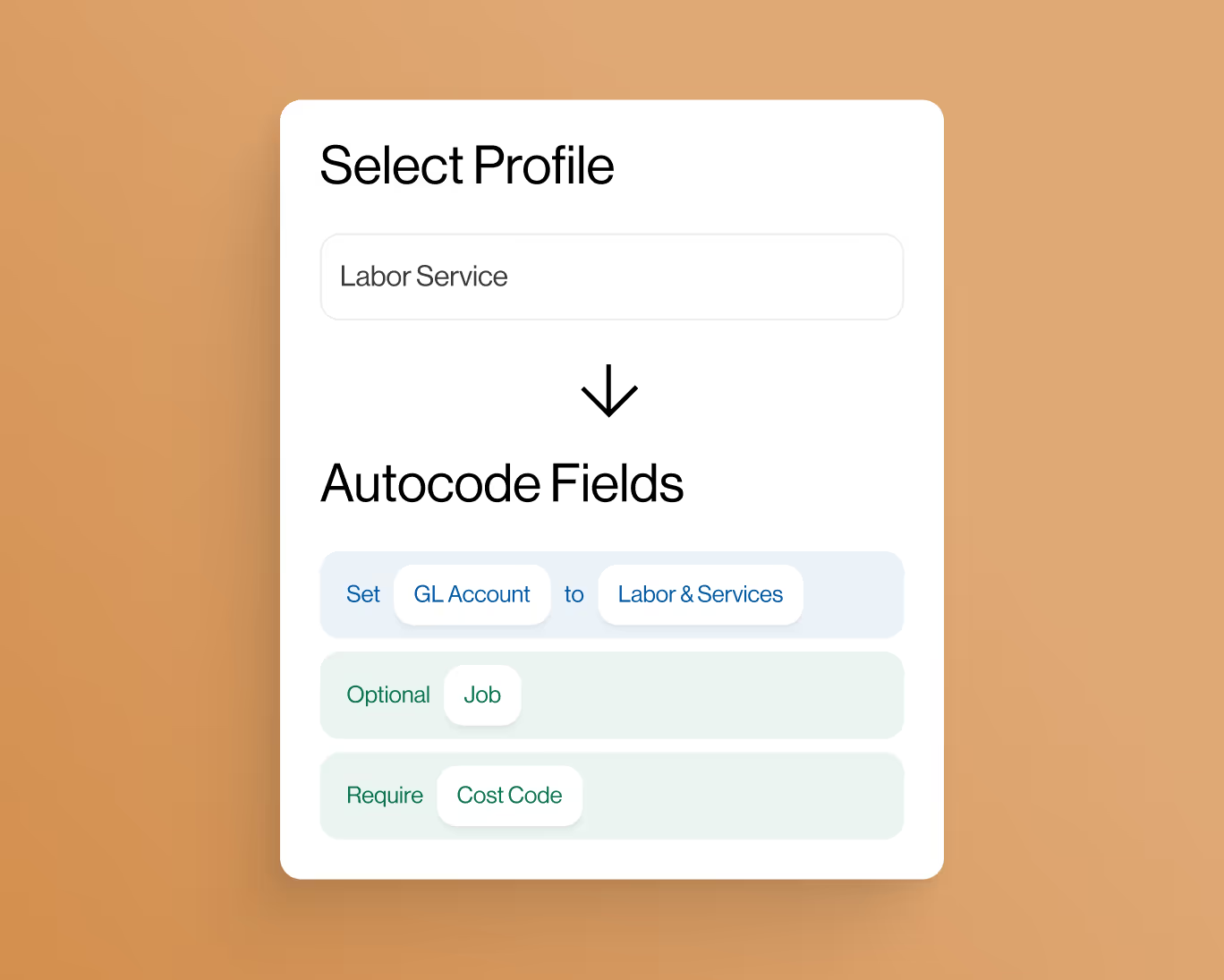Time Extension in Construction: Managing Project Delays and Ensuring Successful Completion
Construction projects are complex endeavors that often face unexpected challenges and delays. Time extensions are a crucial aspect of construction contracts, providing a mechanism to address unforeseen circumstances that impact project timelines. A time extension allows contractors to extend the project's completion date beyond the initial schedule, accommodating changes in scope, weather disruptions, or other factors beyond their control. In this blog post, we will explore the concept of time extension in construction, its significance, and how it contributes to successful project delivery.
Understanding Time Extension in Construction
Time extension provisions are included in construction contracts to account for situations that may cause delays in project completion. These delays can arise due to various reasons, such as:
- Unforeseen Site Conditions: Construction sites may present unexpected challenges, such as encountering unstable soil, groundwater issues, or archaeological artifacts that require careful excavation.
- Weather Conditions: Extreme weather events, such as hurricanes, heavy rainfall, or winter storms, can disrupt construction activities and lead to delays.
- Changes in Project Scope: Changes requested by the client or design modifications during construction may impact the project schedule, necessitating additional time to complete the work.
- Delays in Material Delivery: Supply chain disruptions or delays in the delivery of critical materials and equipment can slow down construction progress.
- Unforeseen Permitting or Regulatory Issues: Delays in obtaining necessary permits or complying with regulatory requirements can impede project progress.
Time extension provisions in construction contracts define the process and conditions under which a contractor can request additional time to complete the project. The contractor is typically required to provide written notice of the delay, along with supporting documentation that substantiates the cause of the delay and its impact on the schedule.
The Significance of Time Extension in Construction
Time extension provisions serve several important purposes in construction projects:
- Flexibility: Construction projects are subject to uncertainties, and unforeseen events can arise at any stage. Time extensions provide flexibility, allowing contractors to adjust project timelines without incurring penalties for delays beyond their control.
- Contractual Protection: Time extension clauses protect both parties involved in the contract. For contractors, it prevents them from facing liquidated damages or other penalties for delays caused by factors beyond their responsibility. For clients, it ensures that they are notified of delays and can plan accordingly.
- Resolution of Disputes: In cases where there are disagreements between the contractor and client regarding the cause or responsibility for delays, the time extension process provides a formal mechanism for addressing these disputes.
- Project Continuity: Time extensions enable projects to continue smoothly despite unforeseen delays. This helps prevent rushed work and ensures that the quality of the construction remains uncompromised.
- Effective Project Management: The process of requesting and granting time extensions encourages project teams to closely monitor progress and identify potential delays early on, allowing for proactive adjustments and mitigation measures.
Time Extension Request and Evaluation Process
Requesting a time extension in construction requires adherence to specific procedures outlined in the contract. The typical steps in the time extension process include:
- Written Notice: The contractor provides written notice to the client, formally requesting a time extension. The notice should include a detailed explanation of the delay's cause and its impact on the project schedule.
- Supporting Documentation: The contractor must provide supporting documentation, such as photographs, weather reports, or communication records, to substantiate the cause of the delay.
- Evaluation and Approval: The client evaluates the time extension request, considering the supporting documentation and the validity of the delay claim. If the delay is deemed justifiable and beyond the contractor's control, the client approves the time extension.
- Revised Schedule: Upon approval, the contractor submits a revised project schedule reflecting the new completion date, accounting for the time extension.
Challenges and Considerations
Despite the importance of time extensions, some challenges and considerations need to be addressed to ensure their effective implementation:
- Timely Notice: Contractors must adhere to the contractual requirements for providing notice of delays promptly. Failure to do so may invalidate the request for a time extension.
- Document Management: Proper documentation is essential to support delay claims. Contractors must maintain accurate records and evidence to substantiate the cause and impact of delays.
- Responsibility Assessment: Assessing the responsibility for delays can be complex, especially when multiple factors contribute to project disruptions. Open communication between the contractor and client is critical for resolving disputes amicably.
- Impact on Project Budget: Time extensions may affect the project budget due to increased labor costs, extended equipment rental, and other expenses associated with the extended construction period.
- Client Cooperation: Clients must be open to considering legitimate time extension requests and collaboratively work with contractors to manage project challenges.
Conclusion
Time extension provisions in construction contracts play a vital role in managing project delays and ensuring successful project completion. They provide the flexibility needed to address unforeseen circumstances and mitigate the impact of delays on project timelines. By adhering to the time extension process and maintaining proper documentation, contractors and clients can collaboratively navigate project challenges, fostering effective project management and project success.










